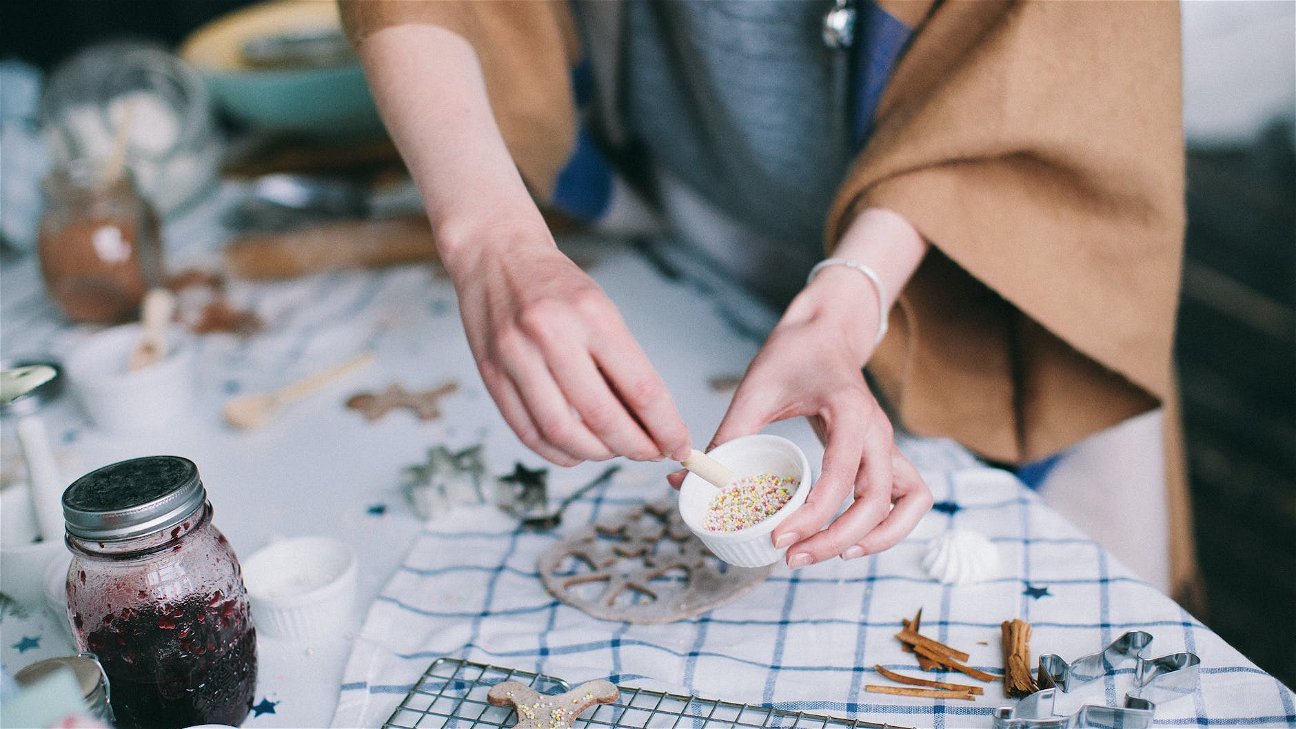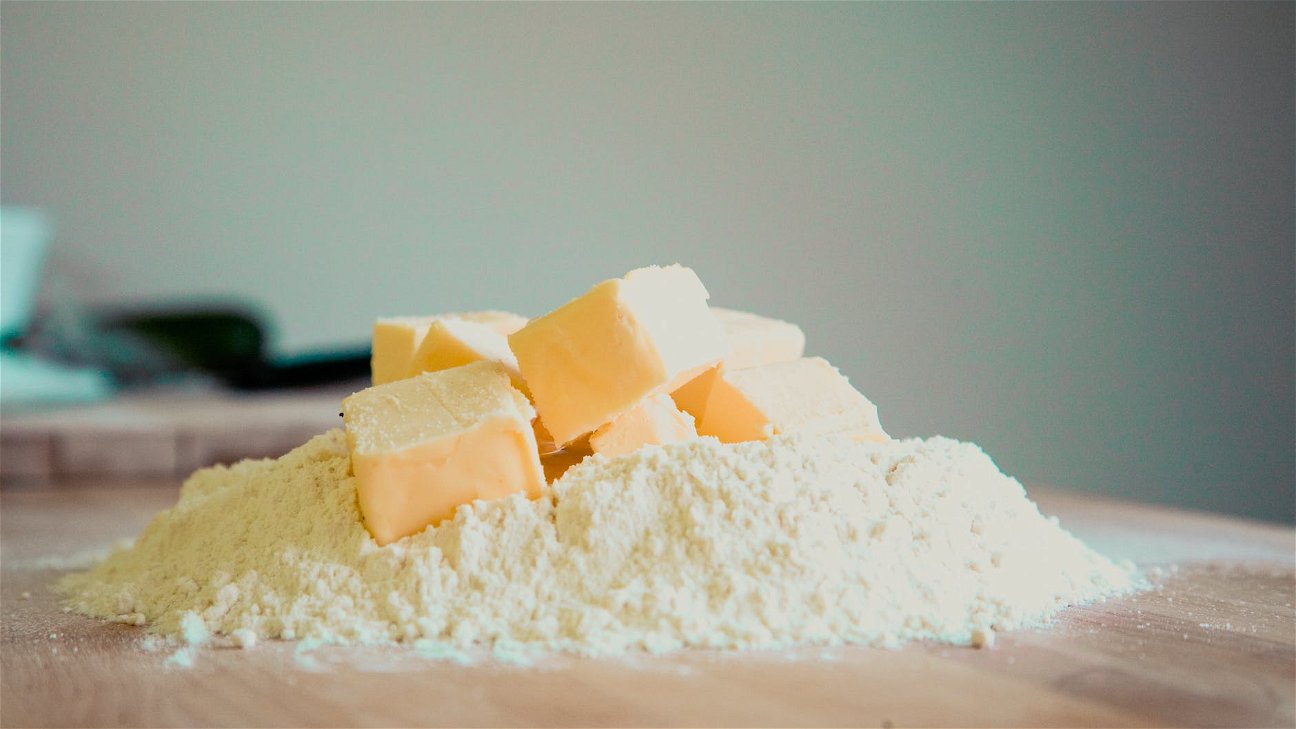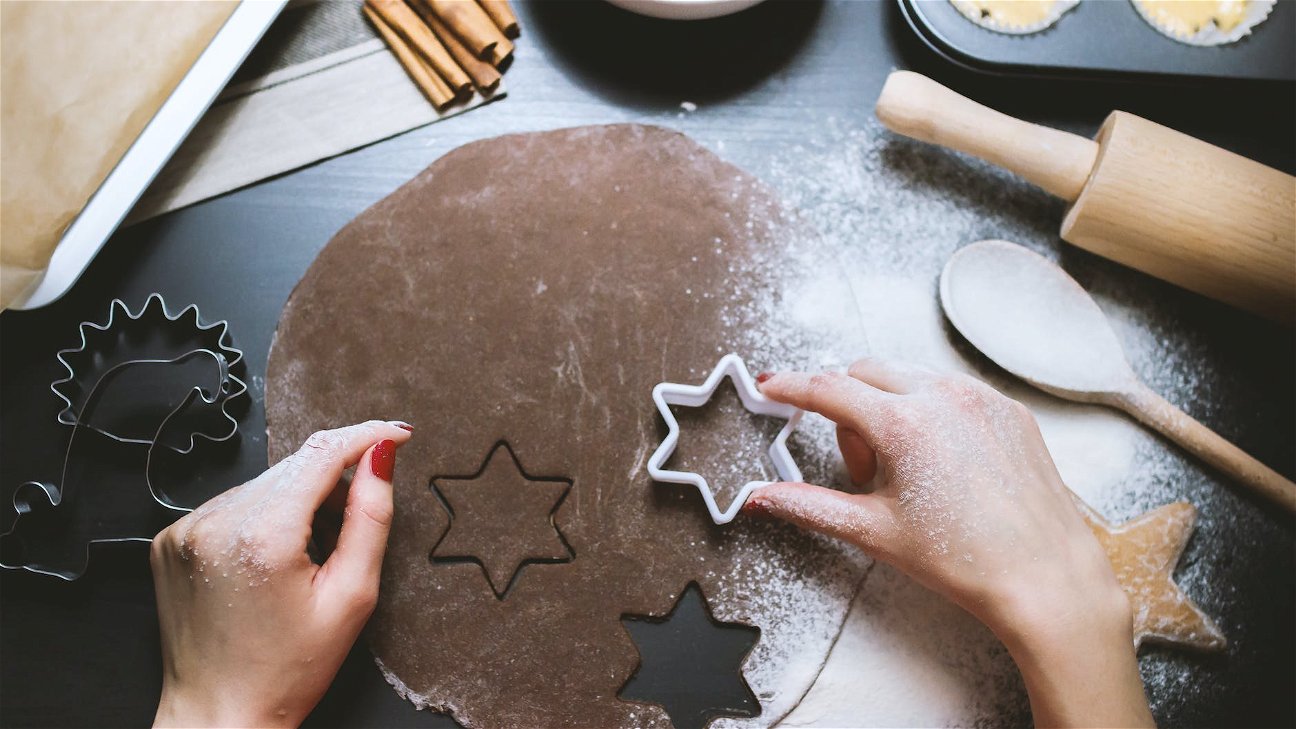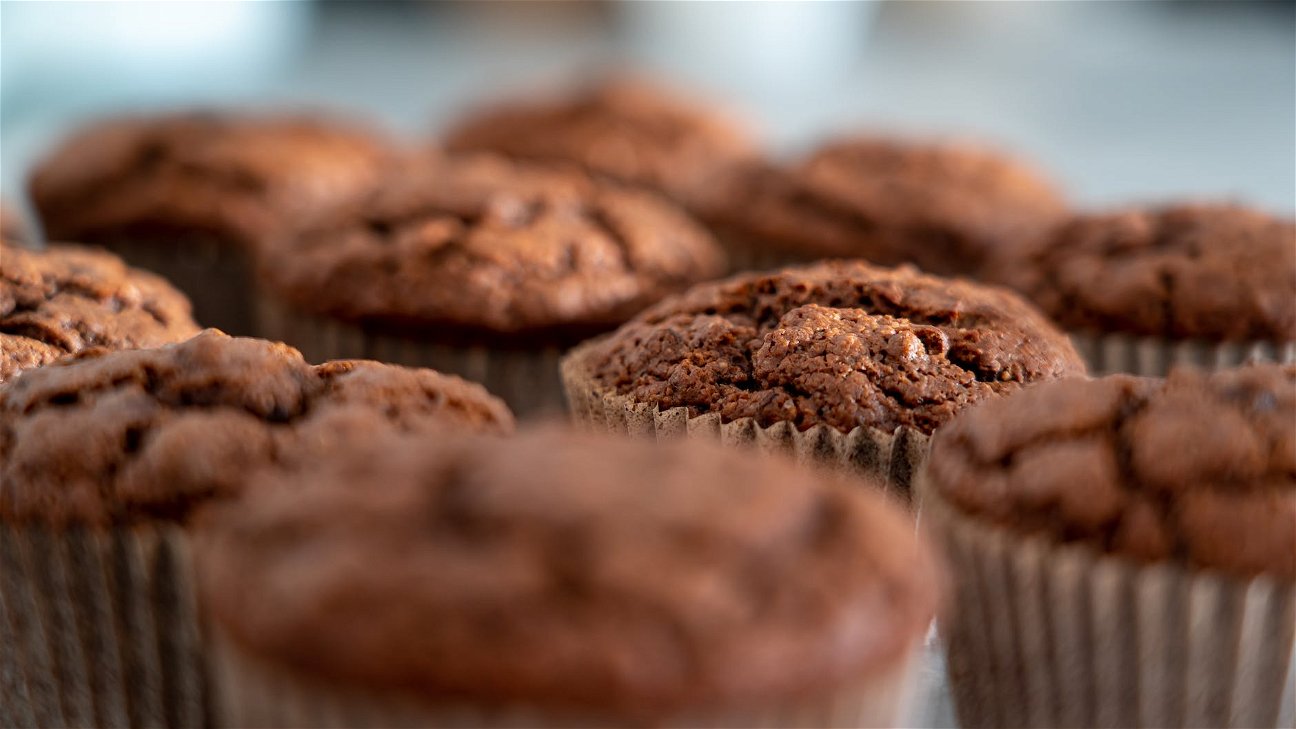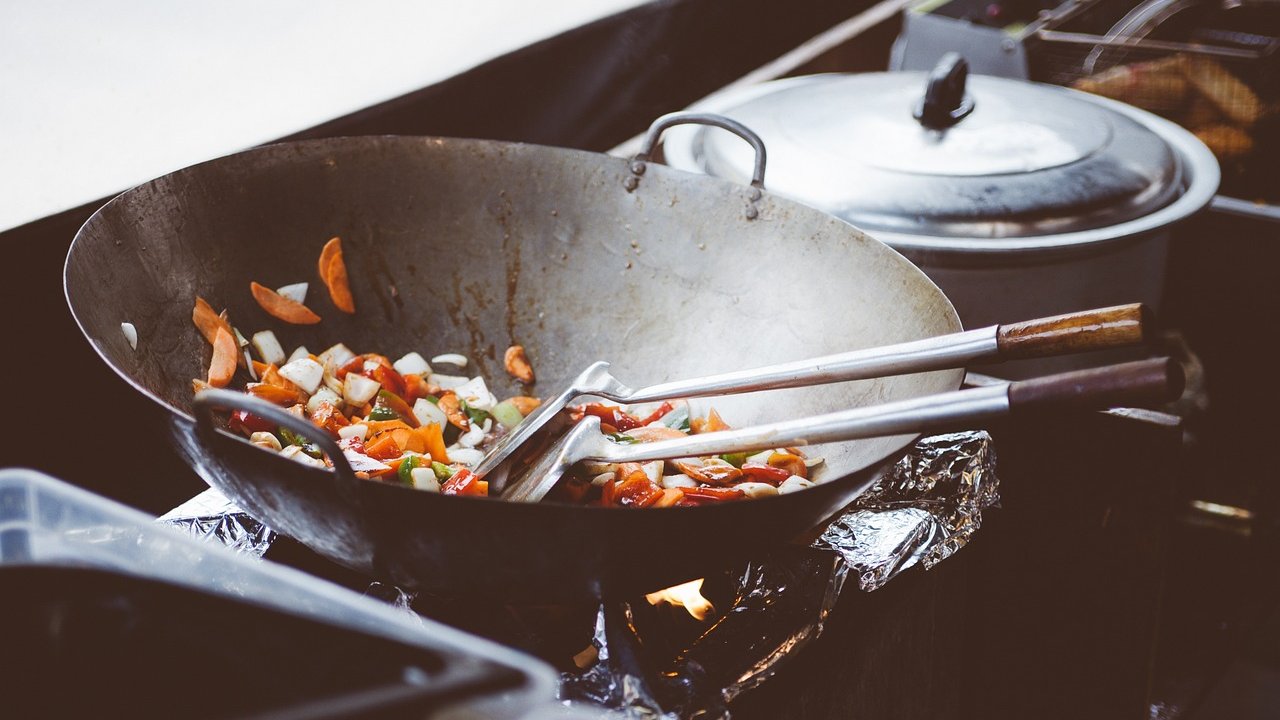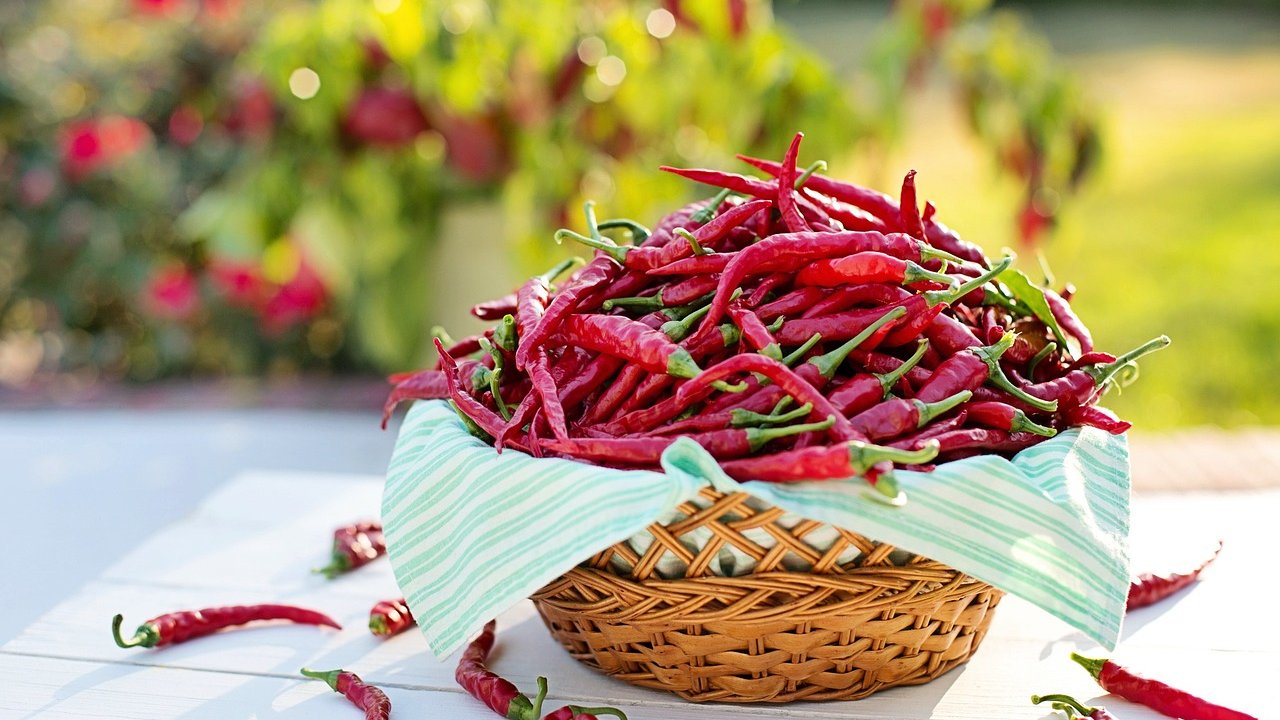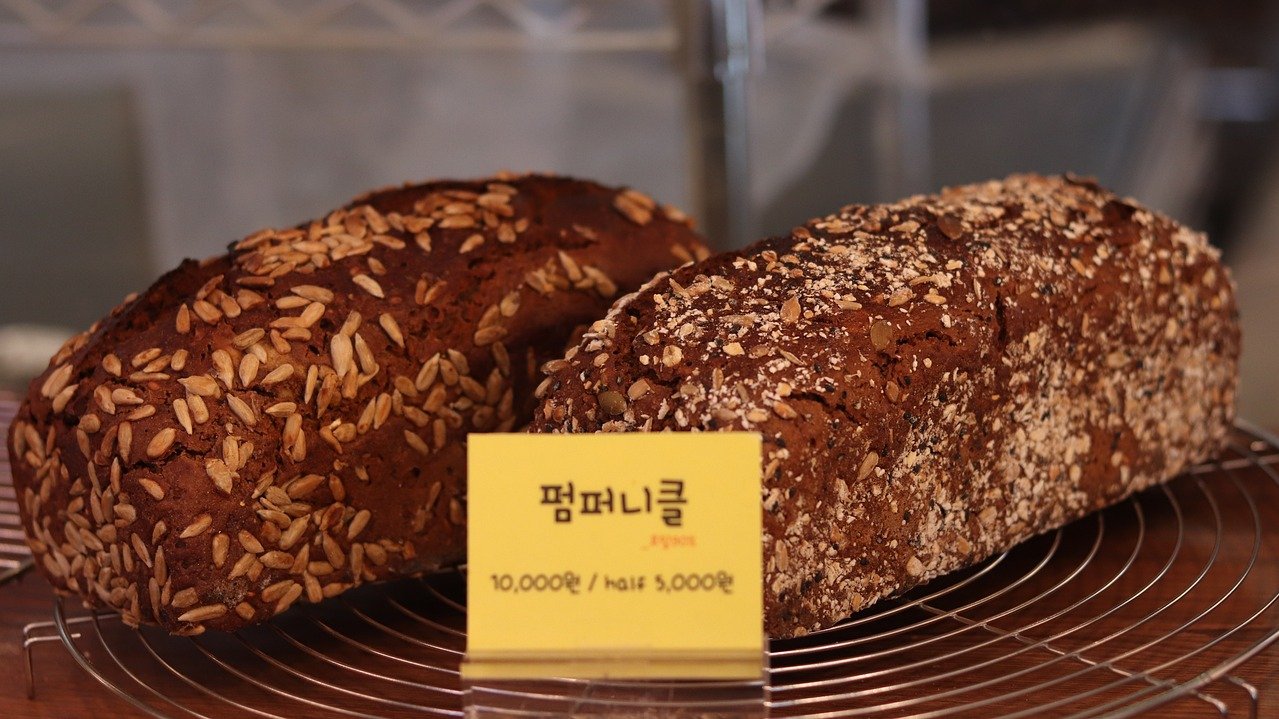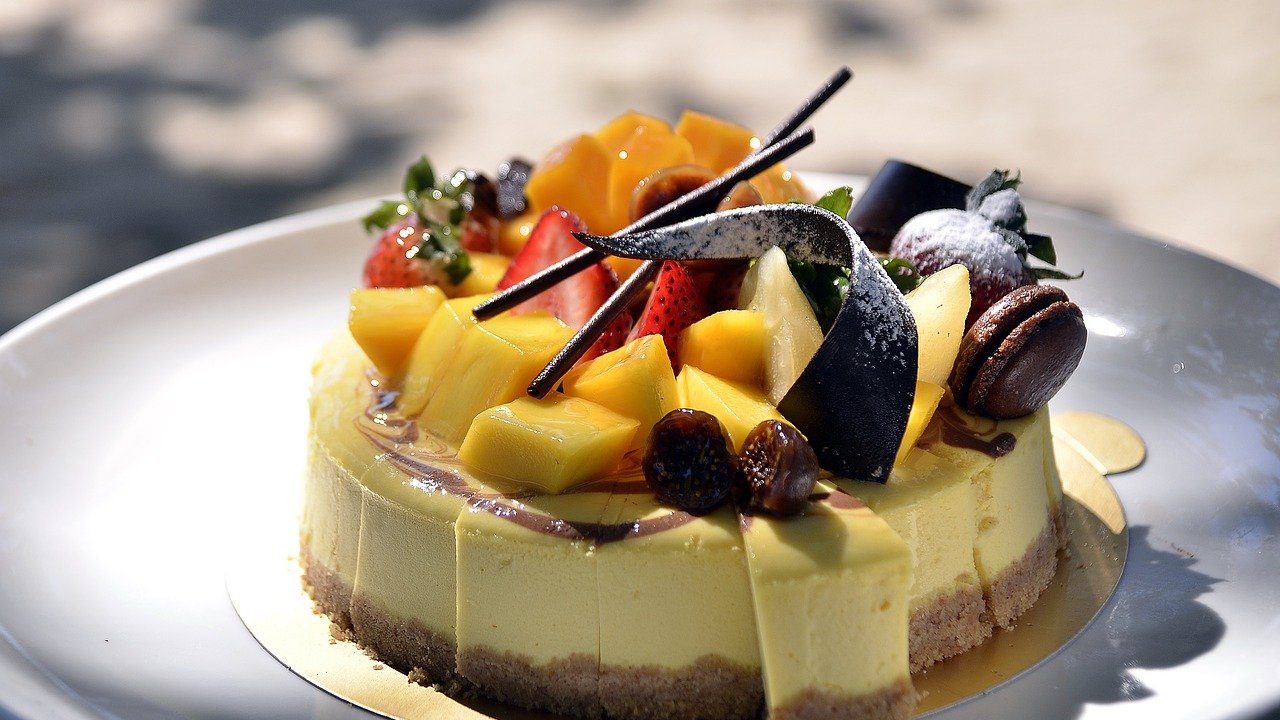
Baking is an art form that requires a delicate balance of flavors, perfect timing, and an understanding of how ingredients interact with each other. One of the most exciting aspects of baking is experimenting with textures. Imagine your favorite pastry - isn't it the mishmash of textures that makes it so intriguing? A crunchy crust, a soft filling, a creamy topping - it's a delightful dance of dual textures!
In this article, we will explore the fascinating world of dual-texture baking, providing you with tips, techniques, and recipes that you can use to create your own textural masterpiece.
Understanding textures in baking
Before we delve into the 'how-to', it's important to comprehend what we mean by texture in baking. Texture refers to the tactile sensation, the feel of the food in our mouths. It can range from smooth, creamy, and velvety to crumbly, crunchy, and chewy.
In baking, texture is achieved through the combination of ingredients and the manner of mixing, baking, or finishing the dish. For example, butter in shortbread cookies gives them a tender, crumbly texture, while the use of yeast in bread results in a soft, airy interior and a crisp crust.
Techniques for achieving dual texture
Baking with dual textures involves combining two contrasting textures to create a harmonious balance. Here are a few techniques to help you master this:
- Layering: This is one of the simplest methods to create dual textures. Think of a traditional apple pie with a flaky crust and soft apple filling.
- Filling: Filling or stuffing can add a contrasting texture to your baked goods. A chocolate lava cake with a gooey center is a perfect example.
- Topping: A crunchy topping can provide a contrast to a soft or creamy baked good. A streusel topping on muffins or a meringue topping on a pie are common examples.
Recipes to start your dual-texture baking journey
Ready to put these techniques into action? Here are a few recipes that beautifully demonstrate dual-texture baking:
- Chocolate chip cookies: The classic chocolate chip cookie is a great example of dual-texture baking. The outer edges are crisp, while the center is soft and chewy.
- Lemon meringue pie: This pie combines a crunchy crust, creamy lemon filling, and a light, airy meringue topping.
- Cream puffs: These delightful treats consist of a light, airy pastry filled with rich, creamy custard.
Tips for successful dual-texture baking
Baking with dual textures can be a bit tricky, but with practice and the right approach, it can be quite rewarding. Here are a few tips to keep in mind:
- Always consider the balance of textures. Too much of one texture can overpower the other.
- Pay attention to temperature. Certain textures, like a crunchy crust, can be affected by the baking temperature.
- Experiment with ingredients. Different ingredients can contribute to different textures.
With a little creativity and patience, you can master the delightful dance of baking with dual textures. So, why wait?

